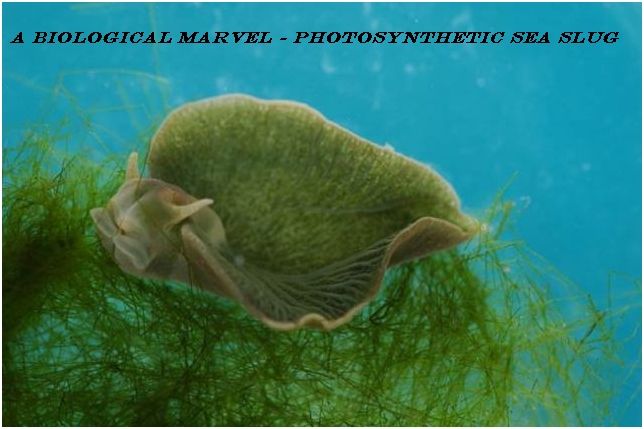Along the Rivers – The Gallery Forests
In this research paper, I have explored the gallery forests by clarifying the concept behind the term “gallery forest”, and studying their biogeography by reviewing some important ecoregions of North America and South America. I have discussed some of the notable gallery forests found in the Americas with respect to their geography, flora, and fauna. It is hoped that this paper will serve the interests of biologists, ecologists, botanists, zoologists, arborists, forest ecologists, biogeologists, biogeographists, and all other people including professionals, students, and laymen eager to learn about the gallery forests.
A gallery forest is a narrow stretch or strip of forest along the banks of a water body, such as a river or stream, flowing through an otherwise open country. In the above context, an open country is defined as a region that is treeless or sparsely covered with trees. A gallery forest is also known as a fringing forest or riparian forest or riverine forest. Such forests are commonly found along the water bodies flowing through the savanna (or savannah) regions. The gallery forests are known to contain different types of woody vegetation. The width of a gallery forest may vary from several miles to complete absence along the same river.
Continue reading


